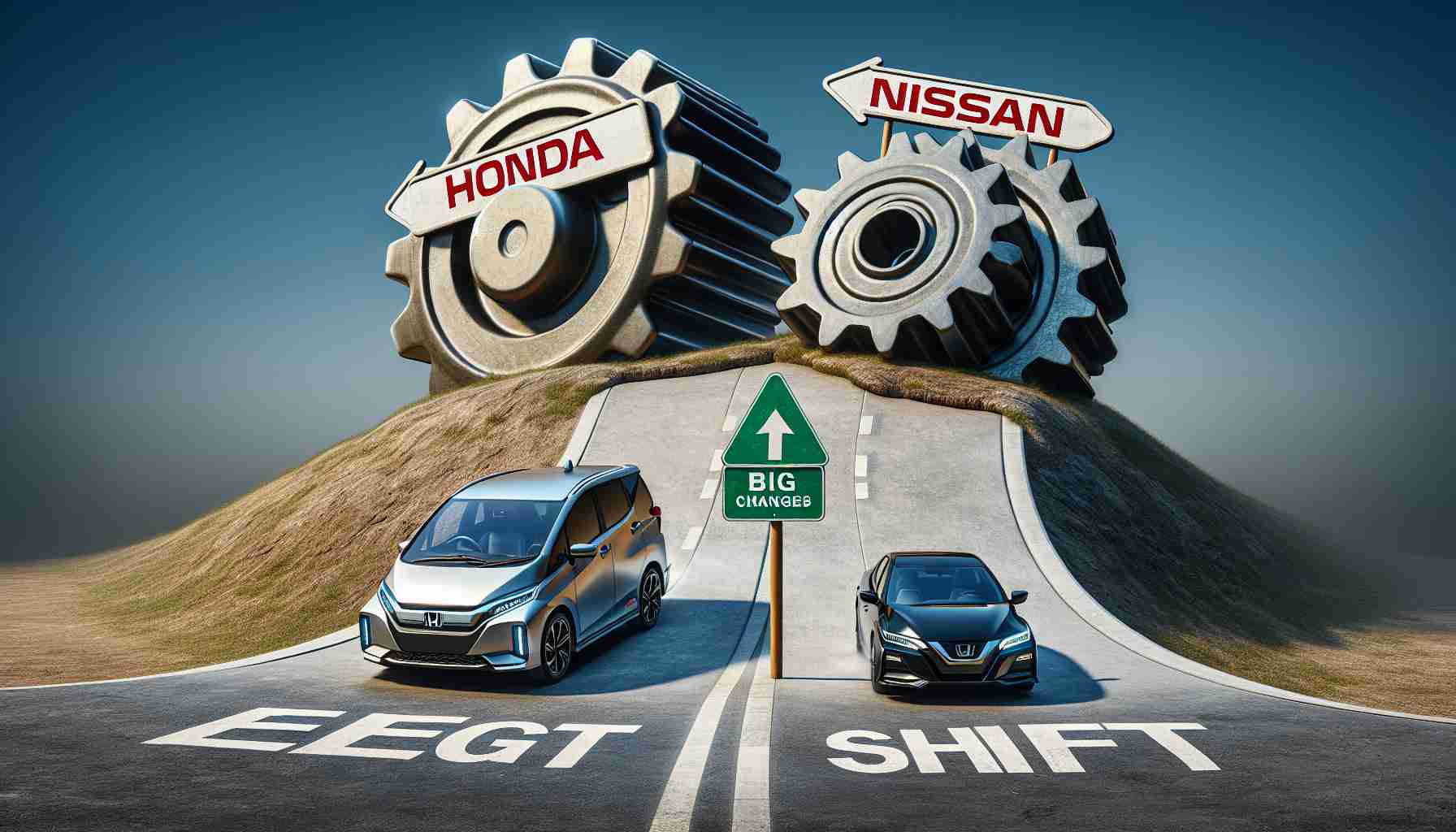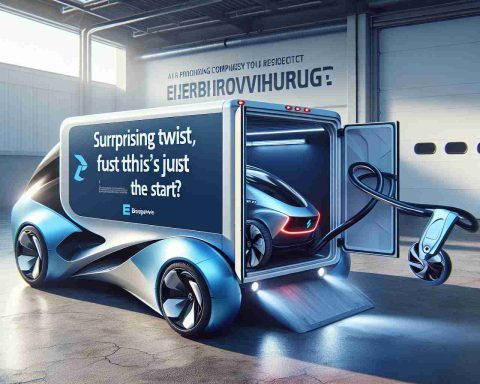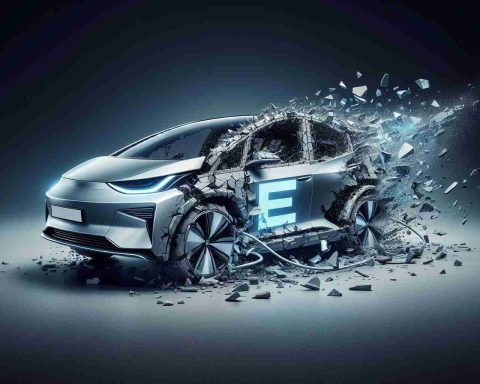Japanese Automakers Face Unprecedented Challenges
As the electric vehicle (EV) landscape evolves rapidly, Japanese automotive giants Honda and Nissan are taking significant steps to adapt. In recent reports, these companies are exploring the possibility of forming a holding company, signaling a potential merger in response to fierce competition from Tesla and emerging Chinese manufacturers.
Market expert Samir Arora, founder of Helios Capital, highlighted this situation during discussions on social media. He pointed out that both Honda and Nissan are struggling with the EV transition, indicating that their collaboration is aimed at reducing costs. The urgency is palpable, especially as Nissan seeks to navigate a difficult financial landscape marked by job cuts and reduced production capacity.
This proposed merger follows a strategic partnership forged earlier this year, which aimed to enhance their EV development efforts. However, Nissan’s recent announcement of a $2.6 billion cost-cutting plan, which entails laying off thousands of workers and slashing production, underscores the mounting pressures they face.
The auto industry is currently experiencing a price war in the EV market, primarily driven by Tesla and BYD, which has left traditional manufacturers in a vulnerable position. As the landscape shifts dramatically, Honda and Nissan are realizing that to remain competitive, they must rethink their strategies and possibly join forces to secure their futures in the increasingly challenging market.
Japanese Automakers Adapt to the Shifting EV Market Landscape
The electric vehicle (EV) industry is undergoing a seismic shift, and Japanese automakers, particularly Honda and Nissan, are grappling with unprecedented challenges. The struggle to keep pace with electric vehicle advancements has spurred these companies to consider a host of strategic options, including the potential formation of a holding company, indicative of a move towards a merger. This strategy seems essential in light of growing competition from global leaders like Tesla and aggressive new entries from Chinese manufacturers.
EV Market Trends
As consumer demand for EVs skyrockets, automakers face intense scrutiny to innovate and reduce costs. Market experts note that the increasing push toward sustainability has transformed consumer expectations, compelling manufacturers to expedite their green transitions. With the global EV market projected to experience a compounded annual growth rate (CAGR) of over 20% in the coming years, companies like Honda and Nissan must adapt swiftly to avoid falling behind.
Innovations and Collaborations
In addition to contemplating mergers, Honda and Nissan have already initiated strategic partnerships aimed at boosting their EV capabilities. By pooling resources and sharing technology, they aim to challenge the dominance of market players like Tesla and BYD, who have aggressively reduced prices and expanded their offerings. Such collaborations not only foster innovation but also serve to share the financial burdens associated with developing new EV technologies.
Pros and Cons of Merger Strategies
Pros:
– Cost Reduction: A merger would allow for streamlined operations and reduced overhead costs.
– Enhanced R&D: Joint efforts can lead to shared technology and resources, accelerating EV development.
– Improved Market Position: Together, Honda and Nissan could exert more influence against larger competitors.
Cons:
– Cultural Clashes: Differences in corporate culture could hinder collaboration.
– Regulatory Hurdles: Mergers trigger scrutiny from regulatory bodies, which may complicate or delay the process.
– Job Losses: Consolidation may lead to layoffs, further complicating public perception.
Limitations and Challenges
Despite the potential benefits, Honda and Nissan face significant hurdles. The financial implications of a merger, particularly for Nissan—who recently announced a $2.6 billion cost-cutting strategy—pose potential risks. Reorganization could lead to job losses and further production cuts, which may affect their ability to respond rapidly to market demands.
Predictions for the Future
Industry analysts predict that the Japanese automotive sector will continue to face intense competition and evolving consumer preferences. The focus on sustainability and expanding EV infrastructure worldwide suggests that companies not only need to innovate but also work towards greater collaboration within the industry on recycling batteries and utilizing green materials in manufacturing.
Conclusion
The landscape for Japanese automakers in the EV space is shifting rapidly, with Honda and Nissan exploring significant changes to ensure their survival and competitiveness. Whether through merger strategies or innovative collaborations, these companies are striving to adapt to a market increasingly defined by aggressive competitors and changing consumer expectations.
For more insights on the future of electric vehicles and the automotive industry, visit AutoWeek.








